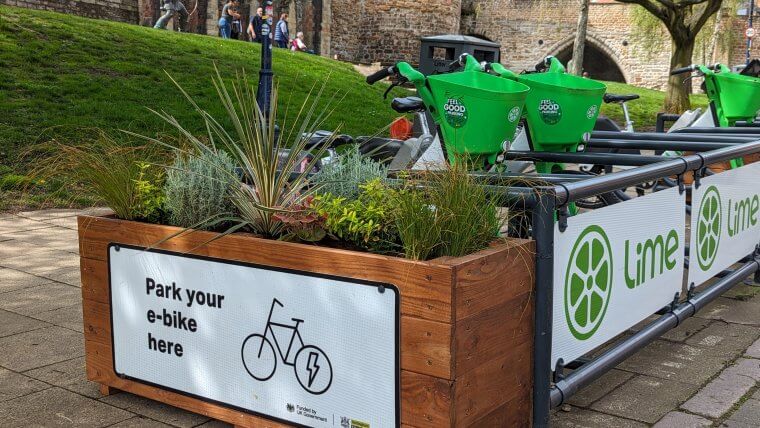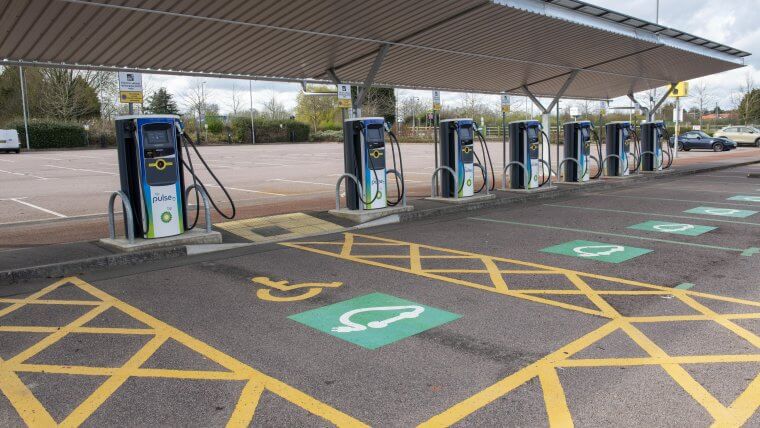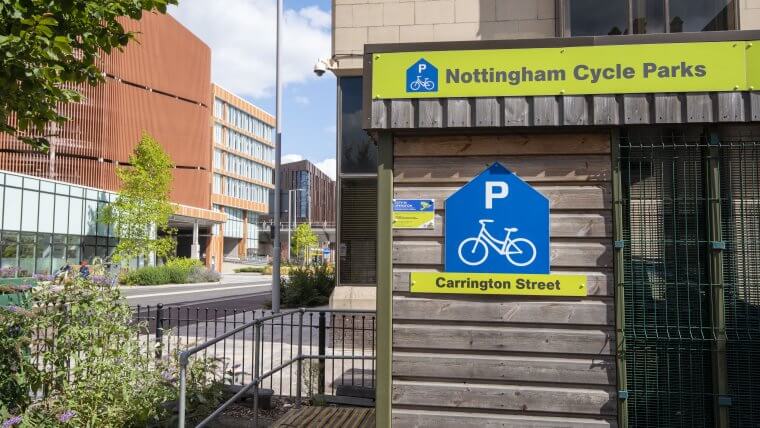17 December
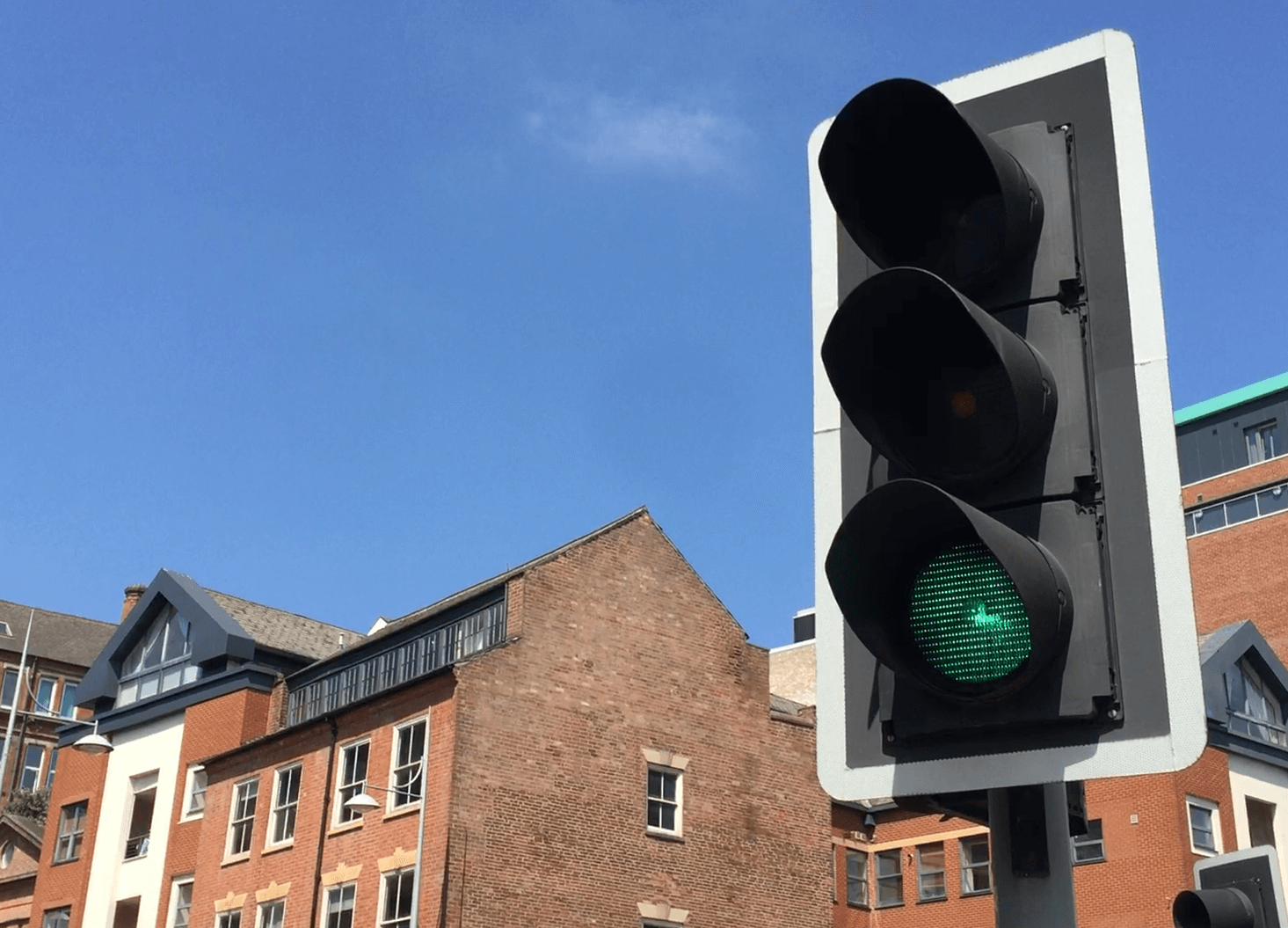
Although it may seem counterintuitive, traffic lights help keep Nottingham moving. Regulating the flow of cars, trams, buses, pedestrians and cyclists is a delicate balancing act, which the team at the traffic control centre monitor to help people get where they need to be.
Principle Officer Mark Collins explains further:
What happens inside the traffic control centre?
“The traffic control centre is where we observe the movement of traffic across the city and notice any incidents that occur along the highway network. There are cameras on traffic signals and junctions and from one room we can view traffic movement across the whole city. Staff monitor the cameras round the clock providing 24/7 coverage. It’s important to take a ‘big picture’ approach and see the city’s road network as a whole and the knock-on effects rather than taking problems on a junction by junction basis.
We don’t just monitor day-to-day traffic; we also play an important role when big events take place such as the football, or the Robin Hood marathon. Event marshals, police etc. will visit the control centre while events are taking place and observe the city through our cameras. They can monitor the whole event at once and instantly see any disruption.
Sometimes our cameras will capture criminal activity and incidents, and the police can use our footage as evidence in an investigation.”
Do you actually control the traffic? How do you do this?
“Signals are set up to detect traffic levels, and they communicate with each other along ‘corridors’ to maintain traffic flow. At peak times our roads are almost always at close or full capacity; the signals can cope with this themselves, but when an incident occurs and traffic capacity increases across the wider area, the signals need a bit of extra help.
This is where we come in; we manually override the system and take control of the signals, doing what we can to help clear traffic. This could mean restricting flow on side roads– which is why it can seem the traffic lights are stuck on red – to allow extra flow at bottlenecks to clear them, by keeping them green for longer.”
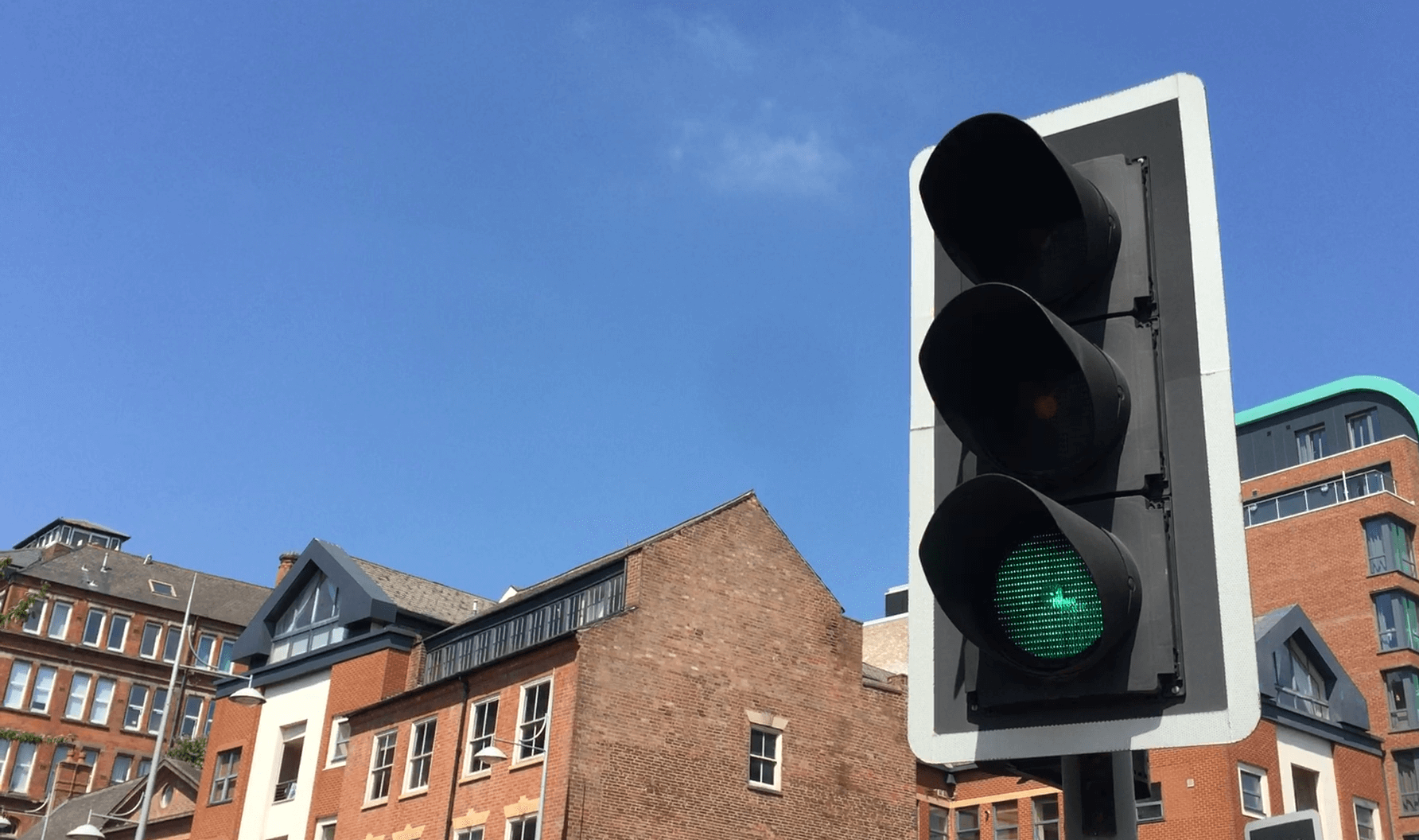
What would happen if the control centre didn’t exist?
“Without the control centre and access to cameras across the city, we would solely be relying on the feedback of people on-site walking around the streets, and third parties such as buses and taxis to convey information about the state of traffic. It would take a lot longer to respond and rectify incidents so would cause a significant increase in congestion along the network.”
What happens when there is a crisis or accident?
“When there’s an incident or an accident we have to respond fast. Traffic Officers arrive on site to assess the immediate situation while we observe and coordinate from the traffic from the control centre. We then create an incident board to pass onto emergency services. As the incident develops, we send out a bulletin to bus companies, the tram, major employers and the media to amplify the message. We continuously monitor the cameras to watch out for any effects the incident may have on the surrounding area, and when needs be we step in to change the signals and keep traffic flowing as best we can.
Problems can spread quickly so we need to be ready to react, using our years of experience to know how seriously the incident will affect traffic flow, which roads to give priority to and where we can create possible diversions. As much as we wish we did sometimes, we don’t have a magic wand that we can wave and all the traffic disappears. When major incidents occur it will take time for things to clear and get back to normal, but we do our best to make sure incidents are resolved quickly and safely.”
How was it dealing with the recent floods in November?
“In November we had issues with flooding, particularly on Shakespeare Street, which flooded and traffic couldn’t pass. We had to act quickly and use our cameras to observe traffic movements and make decisions on how best to safely clear the traffic. We had to account for the roads closure, diversions, alternative movements people would make and other areas of the city affected by flooding. Without the traffic control centre, this would have had an even bigger effect on the city.”
Overall how does the control centre benefit the public?
“Ultimately we are here to monitor the roads and inform the public about the current situation on the network, to help people move more efficiently and avoid problematic areas. Essentially, without the Traffic Control Centre everyone would be a lot less informed and stuck in a lot more traffic! You can follow our updates on Twitter (@NottmTravelwise), and please help to share any updates and traffic issues with your followers in real time.”


